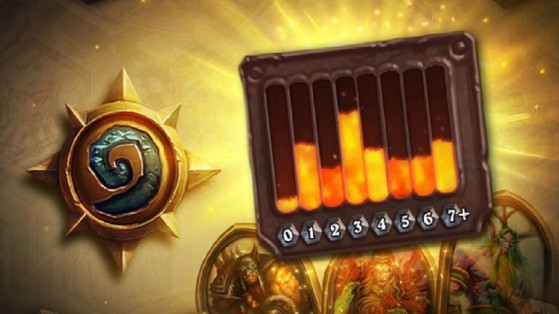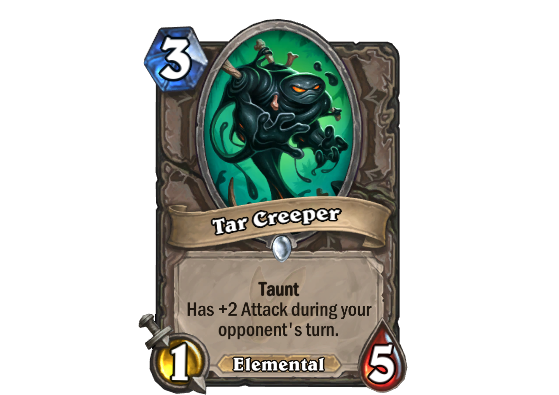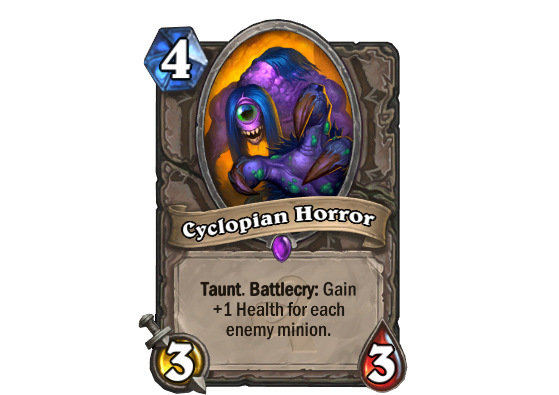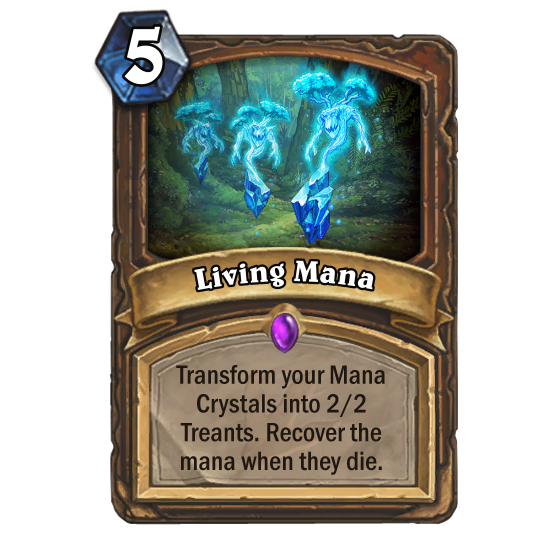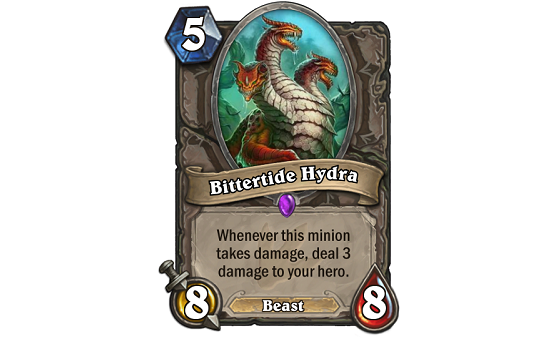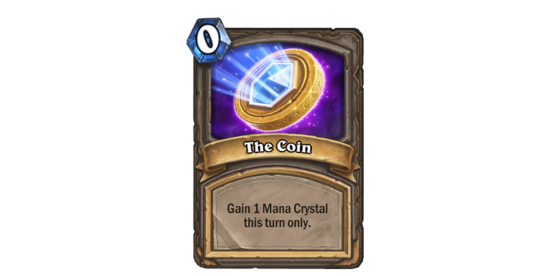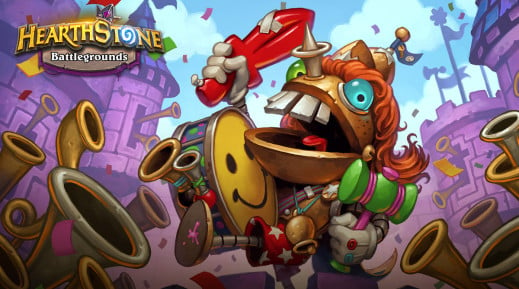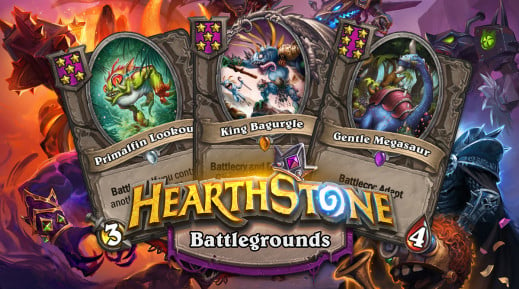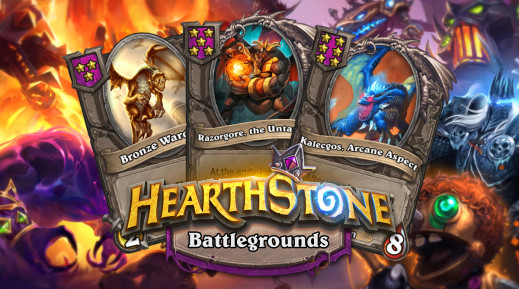Mastering the game's tempo forces the opponent to endure your strategy. In a constructed deck, it is essential (especially for the aggressive and midrange archetypes), and it's also the case in Arena! If you manage to set the beat of the game, the opponent will be trapped in a form of passivity and will have to make unworthy plays. In Hearthstone, you get more tempo by optimizing every round. You have to think that every mana crystal spent is drifting you away from the advantage. And what better tool than the mana curve to help you in this difficult task!
Nice curve
Traditionally, the mana curve allows you to apprehend the playstyle you want to use in your deck. It directly translates the probability of being active at each round. A downward curve means that your early game will be strong, but that your late game won't be that good. On the contrary, an upward curve means a good late game for an average early game. The best choice, for Arena, will be the one of compromise: a downward curve which still includes costly game-breaking cards.
The mana curve is so essential in deckbuilding that Blizzard, in its great indulgence, shows it to you during the Arena pick phase! You want to check it again and again, after each pick, for better anticipation of your needs. By the way, here is a list of pitfalls:
- Dry rounds: avoid, if possible, to have "holes" in your curve. For example, if you don't get a 4/5 card, it's because your rounds 4 and 5 will be very weak: you will have to settle for a cheap minion and a heroic spell, which is far from worthy for those rounds.
- The curve peak: it is a bit much to take 10 cards worth of 3, even if they're adequate. Needless to have a hand filled with cards of the same cost, it's better to get the best use of the curve to get strong threats at each round.
- A curve oriented too much toward Round 1: don't try to create the perfect downward curve with many cards of 1. Of course, it's necessary to get a pack of cheap minions. But Rounds 1, in Arena, are rares and not very efficient. In the last episodes, we clearly noticed that building an over-aggressive deck was as complex as risky. You would rather aim at consistency with a midrange deck generating pressure at each round. If you pick too many minions of 1, you will be exposed to the opponent's heroic spells and a loss of the momentum acquired during the early game.
Know how to slow the game... or speed it!
Let's get to tempo management within the game. Depending on the pressure on the board and the game's situation, you will want either to slow the rhythm or do everything you can to prevent the opponent from coming back. Your choices in the game must always be made considering the game's rhythm.
If your opponent successively spends many resources, you will have to contain his all-in and avoid being too busy. No need to introduce Tar Creeper, the famous defensive elemental Un'Goro, which is often a must-have in Arena. This card is perfect to put an end to the early aggression of your opponent since it will absorb at least 2 or 3 enemy minion assaults. Using it is like saying to your opponent's face: "You shall not pass!" Most of the time, this minion will be able to deviate the opponent's early pressure, which will give you time to take over the board and control of the game again. In the same idea as the notorious Creeper, we can find other cards as efficient in slowing the game, as Second-Rate Bruiser or Cyclopian Horror. All you need to slow the game are Taunt, low price and good HP rate.
On the contrary, if tempo is on your side and the deck you built doesn't miss aggressive potential, consider picking cards with a high pressure potential, as Living Mana for Druid and Bittertide Hydra. Those cards are excellent in situations where you get the upper hand, to rub salt in the wounds. The Hydra is a threat that can't be ignored, but it can only be efficient if you already have set the beat of the game. It's still an interesting body, but if you're too far behind in terms of HP, it can reveal its double-edge with a weak defensive value.
Living Mana follows the same idea: the card is totally overpowered in aggression and putting pressure. However, the price is great on the defense: fewer resources over the next rounds and no way to protect your HP. Thus, be careful when you use those very offensive and all-in cards, and try to face the consequences.
The missing piece of the puzzle
So, what is this very important missing piece...? Clues: it's in your starting hand, half of the time. It's cheap but has great value, and it's a real nightmare for Counterspell players... Well, it's The Coin!
The use of The Coin must follow one objective: keep up to the Tempo! By the way, it's not the case in constructed decks because your precious 0-card must be used in specific conditions. For example, against the Secret Mage deck, for example, you want to use it to test the ground, especially the Counterspells! Also, you will want to optimize your Miracle Rogue deck with Edwin VanCleef! In Arena, forget all of these shady strategies: The Coin is only here to make up for playing second! On that, Blizzard got it right: taking the lead in Hearthstone is an enormous advantage, even more for an aggressive deck. On that subject, The Coin is a very interesting and legitimate counterbalancing mechanic.
You want to play The Coin to develop a minion or cast a spell which may make you come back in the game when things get bad (even if it's still early in the game). Using The Coin in Round 2 to summon a simple 2/3 isn't really sexy, but it allows to successfully contest the opponent's Round 1 and to get a tie in terms of tempo.
Additionally, it's strongly recommended to get the best use of your Coin pretty fast. One word: greed. Don't indefinitely greed with this little bonus, because the card will be dead once the Round 10 finished. Losing a game (or being on the edge of losing), with The Coin left on your hand, is the sign that you were stingy at one moment of the game or that you underestimated a move.
Written by Jérémie "Djey" Mathis. Translated from French by Millenium.us.org.
